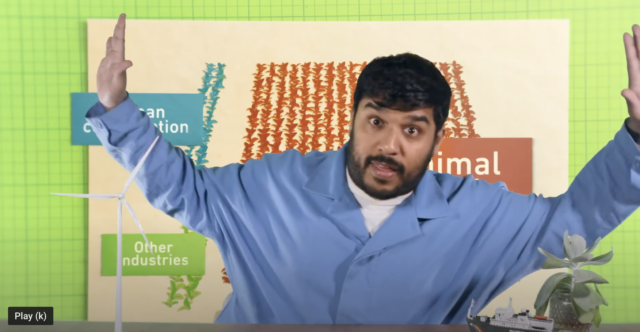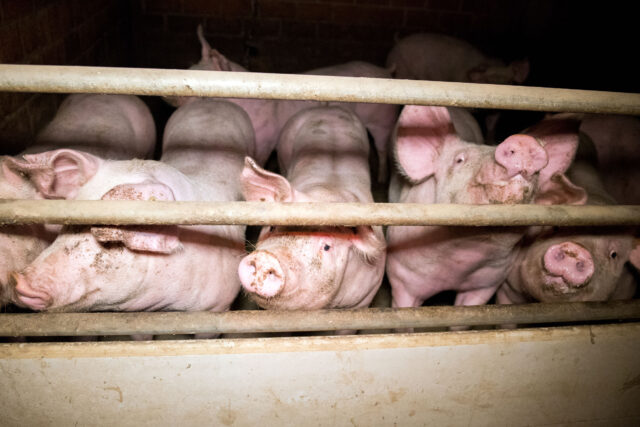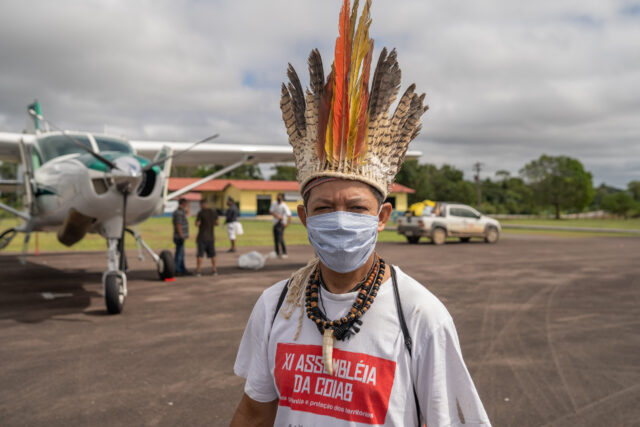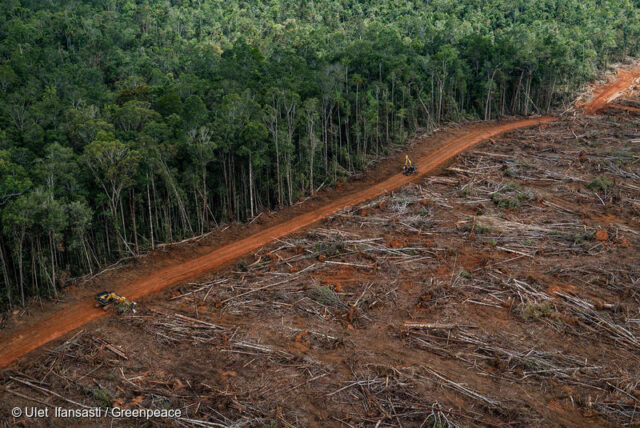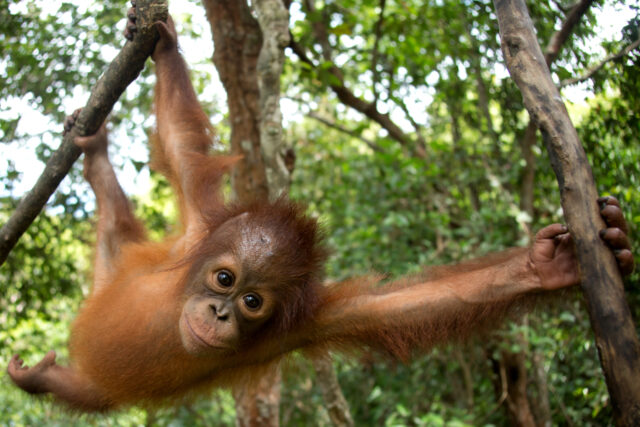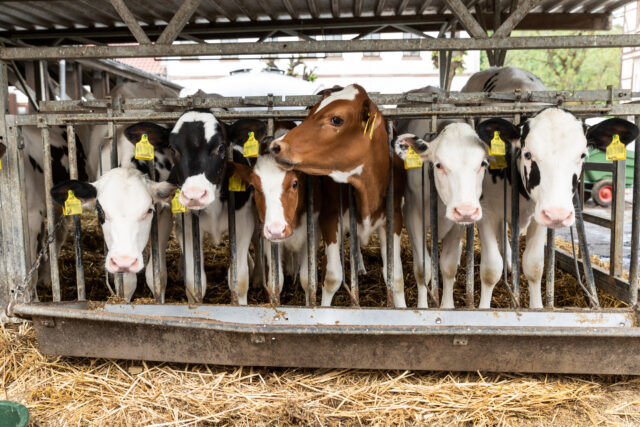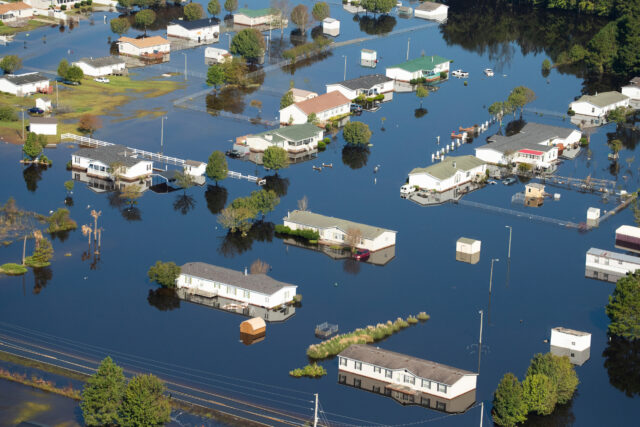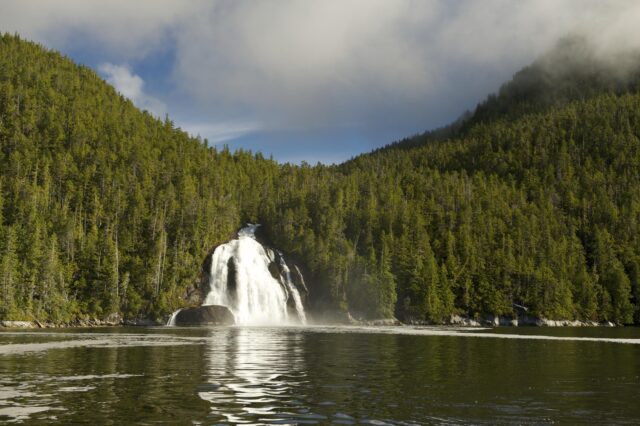
Soya and the environment: what you need to know
Soya beans are an excellent source of protein and an important part of many people’s diets. The agricultural industry has also become reliant on these beans for animal feed. But the drive to produce greater amounts of cheap meat and dairy is accelerating climate change and destroying forests.
Like palm oil, the global food industry has become utterly reliant on soya. The size of the global meat and dairy industry has exploded and soya production has vastly increased to meet it.
Most soya comes from the Americas and nearly half from just two countries, Brazil and Argentina. Growth of the soya industry has been meteoric – production in Brazil has quadrupled in just 20 years. The UK imports huge quantities of soya and globally some 90% of soya is used to feed animals, including cows, pigs and chickens.
This rapid growth has come at a huge cost. Vast areas of forest and natural habitats have been destroyed, replaced with mile upon mile of soya fields. Converting forests and grasslands into monocrop farmland for soya releases carbon dioxide and other greenhouse gases which cause climate change. Trees are very good at absorbing and storing carbon dioxide, so fewer trees means more carbon stays in the atmosphere.
Huge tracts of the forests in South America have been lost at the hands of the expanding soya industry. People protecting the forest, including Indigenous Peoples and local activists, have been intimidated, attacked and even killed.
Soya questions answered
But since 2006, the industry has agreed not to buy soya from farmers that destroy the Amazon rainforest – and this has dramatically reduced deforestation for soya in the Brazilian Amazon. The pioneering agreement was the result of a Greenpeace campaign that showed how McDonald’s and other food companies were selling meat reared on Amazon soya
Soya is destroying South American forests
That doesn’t mean the struggle is over. Soya production has also expanded into other South American forests. The Brazilian Cerrado and the Gran Chaco – South America’s second largest forest, spanning Argentina, Brazil and Paraguay – are less well-known than the Amazon but are still home to many communities of people as well as plants and animals that are found nowhere else. Yet they are disappearing as the soya industry ploughs up the land. It’s astonishing, but companies that have agreed to protect the Amazon rainforest on the one hand, are at the same time also responsible for razing the Cerrado and the Gran Chaco.
Climate change and deforestation are not the only problems caused by the soya industry. Fields are sprayed with enormous quantities of pesticides. Since the early 1990s, pesticide use has increased by more than 170% in both Argentina and Brazil. These chemicals wipe out other plants and insects, pollute water supplies, and cause health problems for agricultural workers.
To prevent catastrophic climate change and halt the ongoing extinction of our planet’s life, we need to stop the soya industry from devouring more forests. The agreement which has protected the Amazon rainforest from soya production shows it can be done. We also need to change the way we think about food. Replacing some of the meat and dairy in our food with plant-based alternatives is also really important. And a more sustainable approach to farming means we can produce enough food for everyone, improve our health, and look after our planet as well.
Keep exploring
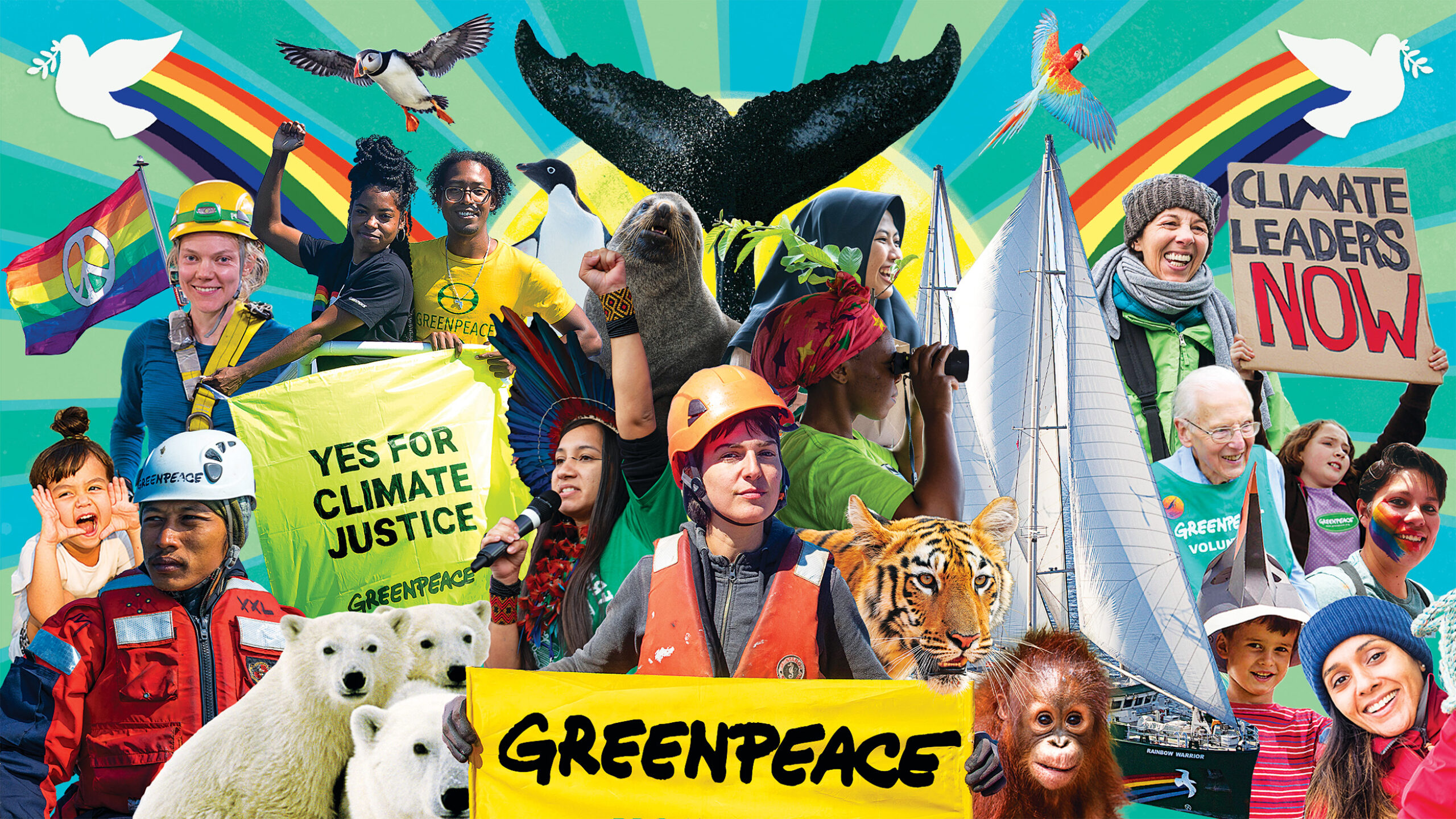
Change the world with us
Together we can take on the world's worst polluters and solve its biggest problems. See how you can get involved.
